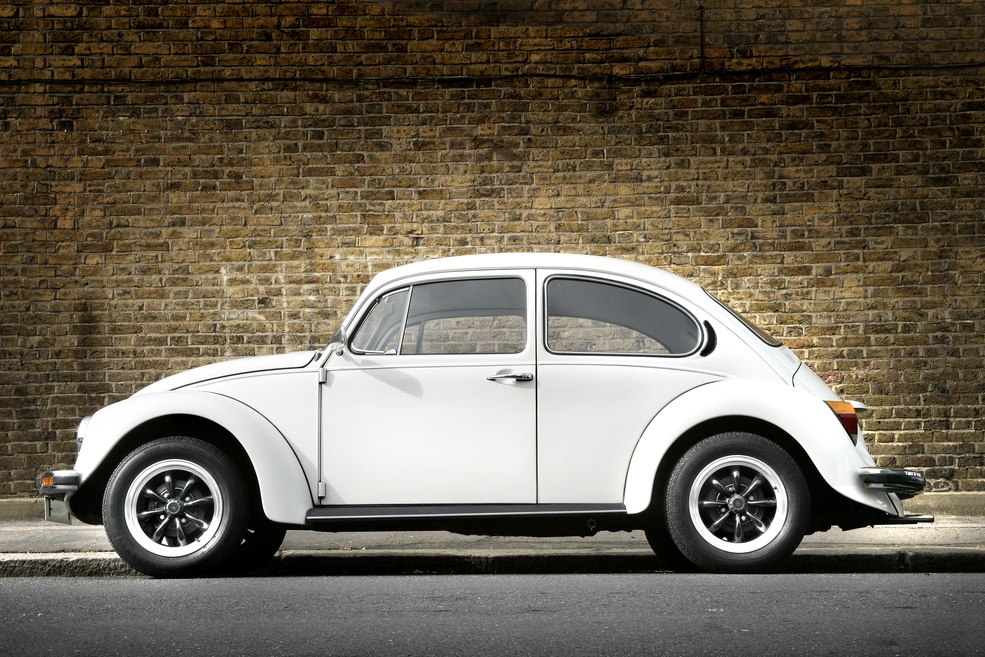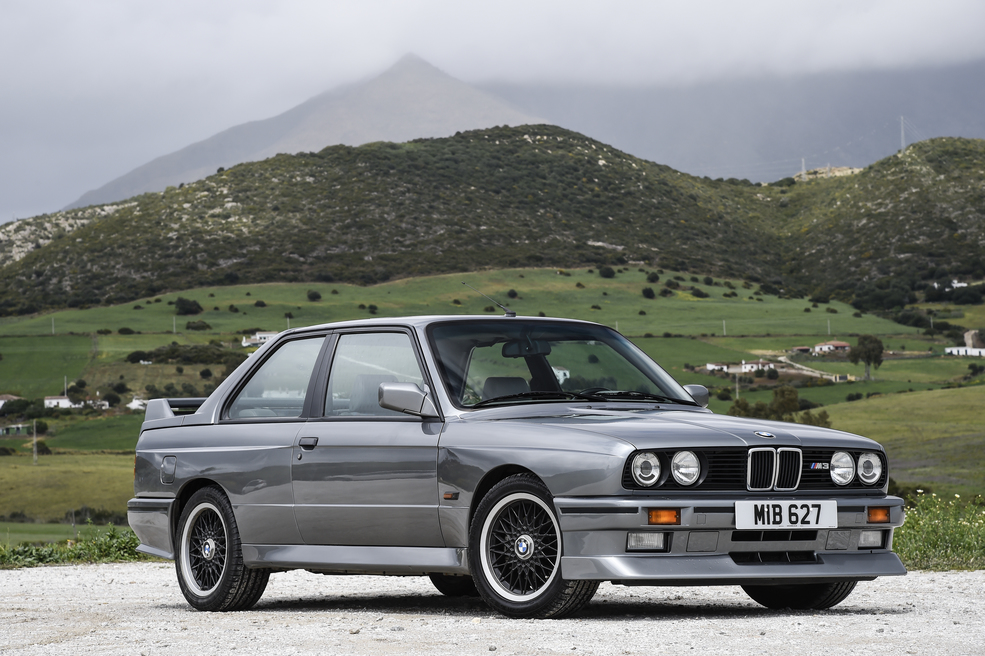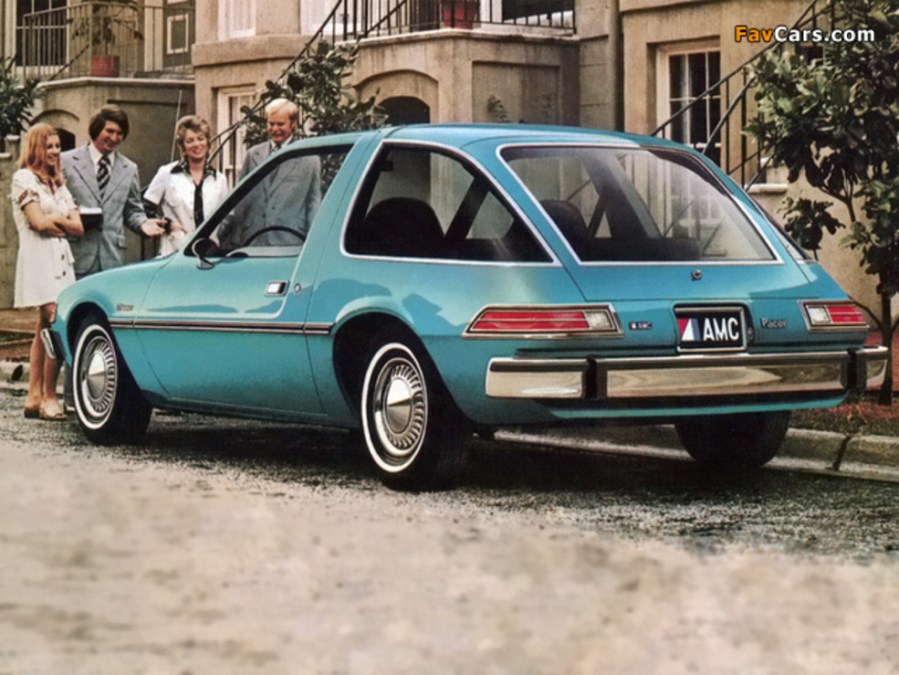We consider some of the more unusual attempts to convert cars to right hand drive…
Britain is one of few large car-buying nations to have stuck with right-hand-drive. The majority of the world passes to the left, which means that it is most financially expedient to develop cars which are left-hand drive. Right-hand drive is therefore often an afterthought decision in a sense – taken by estimating the percentage of sales in countries such as Britain, Japan and Australia where right hand drive is the norm. Sometimes, the manufacturer simply never bothered, leaving any conversions to the whims of individual owners or to the legislation within particular nations.
Many homologation specials stay left-hand-drive only for the same reasons. But some cars originally intended to be so have been converted over the years – with varying degrees of officiality and success. Here are our favourites.
AMC Pacer
The AMC Pacer was a brilliant idea in theory but executed badly. America’s take on the economy car featured a 3.8-litre six cylinder engine, was as long as a Ford Granada and wider than a Silver Shadow, and looked like someone had drawn an Austin Allegro while on an LSD trip. Styled to buck the trend toward angular vehicles, it at least captured public imagination by being notably different to other compacts. Sales initially were strong despite its flaws, with the public especially liking the unequal length doors to aid egress from the rear. America eventually gave up pretending an 18mpg barge was an economy car and fitted a 5.0 V8, but not before an enterprising importer had decided that the Pacer idea might work well in Britain…
Unsurprisingly, it wasn’t. Motor magazine commented “We test the Pacer… and wish we hadn’t” – an ominous start. The doors were too long for the average British parking space, especially the driver’s door which now offered rear seat passengers easier egress into oncoming traffic. It was thirsty, looked mad, and suffered from especially sloppy steering. Those who ventured behind the dashboard would discover why: the steering column remained on the left-hand side of the car – a pair of sprockets and a chain drive akin to a bicycle transferred effort from the hastily-added right-hand column to drive the steering input. We can’t think of any more lazily-executed official right-hand drive conversion. If you can, write to us at the usual address.

Volkswagen Beetle
Not all conversions are quite as messy. Officially, right-hand drive Volkswagen Beetle production ended in 1979 with the closure of the Wolfsburg factory, but demand for these cars is so strong that people have been known to buy Mexican Beetles and convert them at home. This isn’t as outlandish as it sounds; the only change to the shell is the need to replace the welded-in metal dashboard plate with a right-hand drive equivalent. The prevalence of the Beetle in classic car culture means that there is no shortage of suppliers who will be able to supply you with a right hand rive dash panel, and a few hours’ work with a drill, an angle grinder and a MIG welder can see your shiny left-hand-drive Mexican Beetle shell become a right-hand drive one.
You’ll also need to move the steering box and damper to the other side of the car, and to source a right-hand drive Pitman arm – none of which is especially difficult with the Volkswagen spares scene in such rude health. You’ll need a right-hand drive pedal box, and to make the requisite holes in the transmission tunnel and bulkhead for operating levers for master cylinders. For a professional finish, you would also want to fit rubber grommets to the original holes, or to weld them up to prevent water ingress for good. While many have taken their Mexican Beetles and enjoyed them in an otherwise unmodified state, the right-hand drive conversion is often the start of a lengthy personalisation process.

BMW M3 E30
Unsurprisingly, homologation specials attract their fair share of the conversion attention. With people clamouring for rare cars and not liking the concept of a compromise, these cars are surprisingly common – from the Lancia Delta Integrale to the BMW M3 E30. While BMW did produce one RHD evaluation car in 1986 which toured the UK, Japan and Australia, the collapse of the stock market in 1987 meant that BMW re-evaluated the likely market and decided not to proceed with series production. This car is believed to survive in New Zealand, and over fifty cars were converted for BMW dealers in the UK by Birds of Uxbridge.
These utilised the steering rack from the contemporary 325i. While still a good rack, it wasn’t as directly geared as the original M3 rack, and many who have tried both agree that it blunts the feeling of an otherwise very engaging driver’s car. Such conversions will always devalue the car from an investment perspective; they’re no longer original and so you should expect to pay about 10-15 per centless than you would for an original left-hooker.
One RHD car was actually built officially by BMW; through the BMW Individual programme in 1991. It’s believed that the car was built at great cost by BMW Japan for a client, and now resides in Hong Kong.




